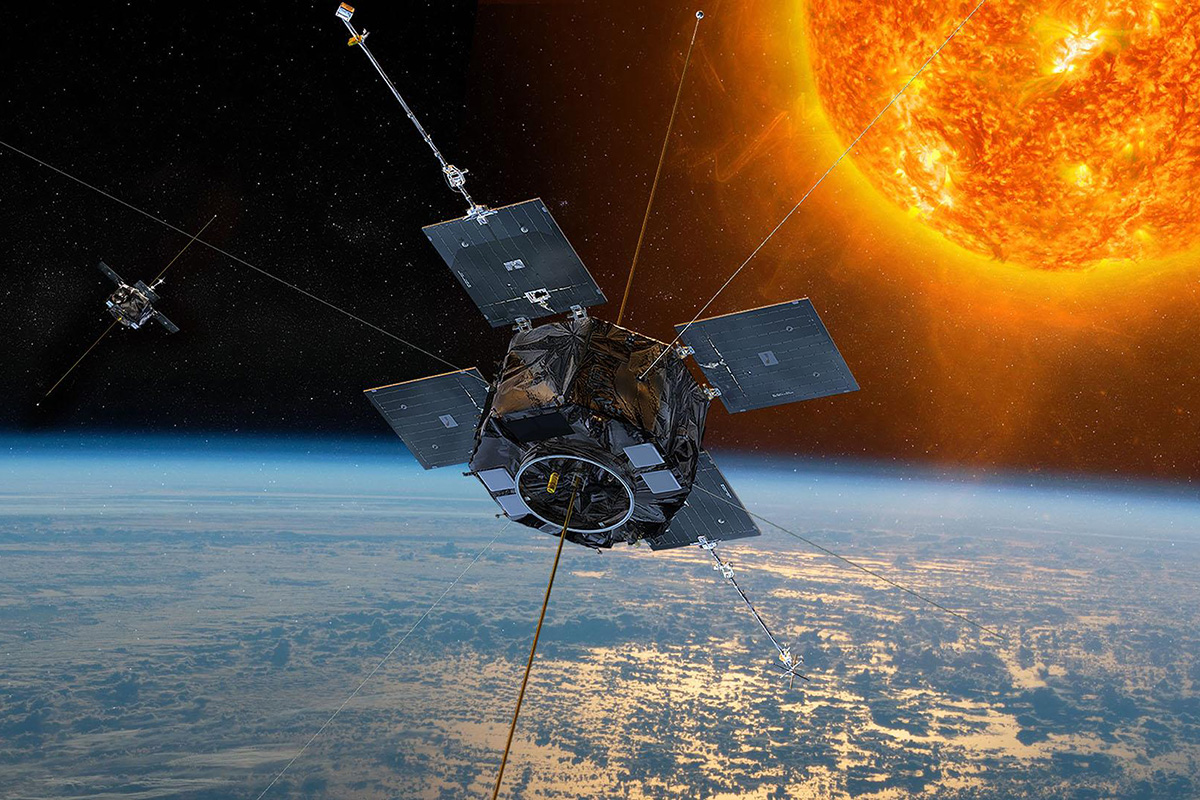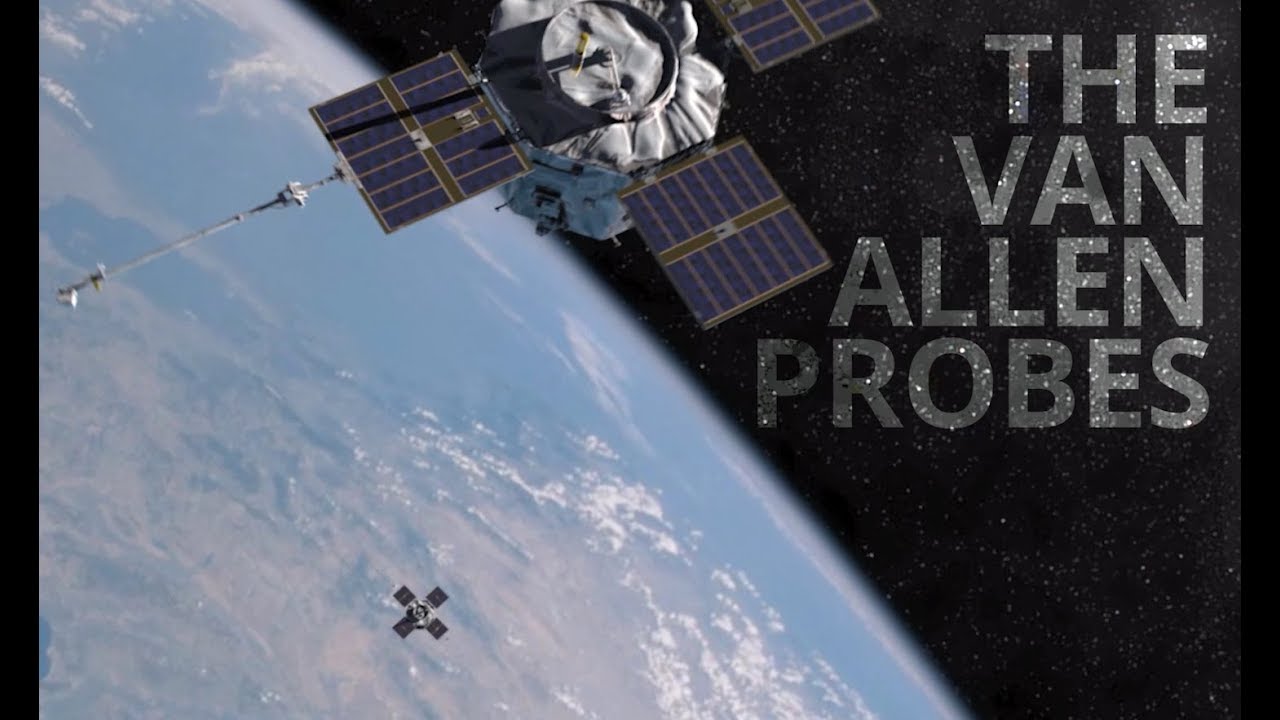Our Contribution
Probing Earth’s Radiation Belts
NASA’s Van Allen Probes mission was designed to uncover details about Earth’s Van Allen Belts, two invisible, donut-shaped rings that surround Earth, one closer and the other farther. Discovered in 1958 by James Van Allen, each belt is filled with high-energy particles that bounce, rotate, and drift through this region of space, sometimes producing spectacular visible spectacles, such as the auroras during space weather events like geomagnetic storms. But some space weather can also disrupt satellites used for communication and navigation as well as cause failures in Earth’s power grids.




